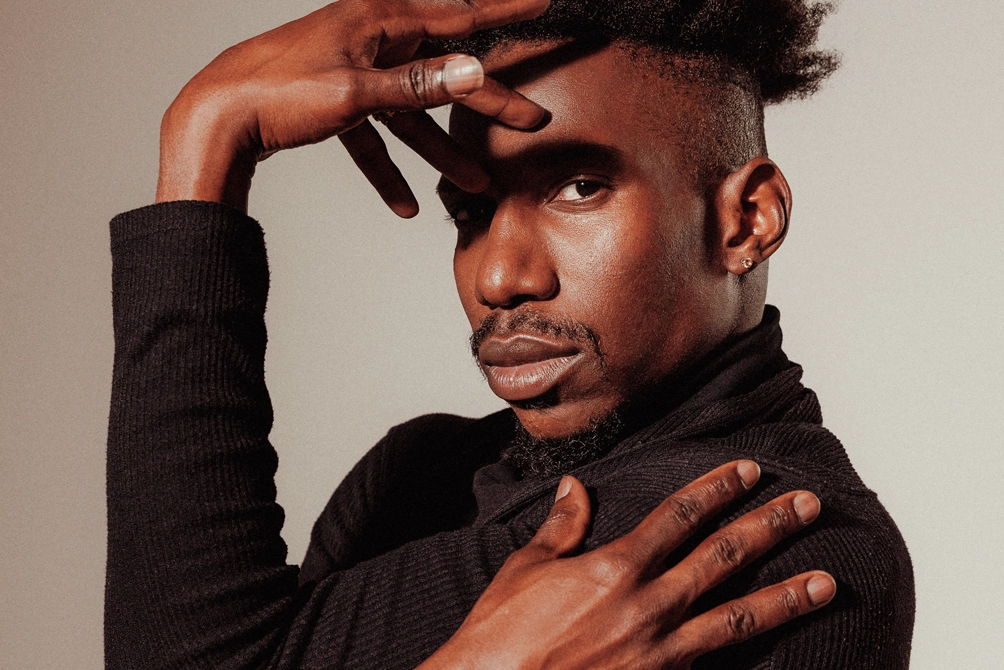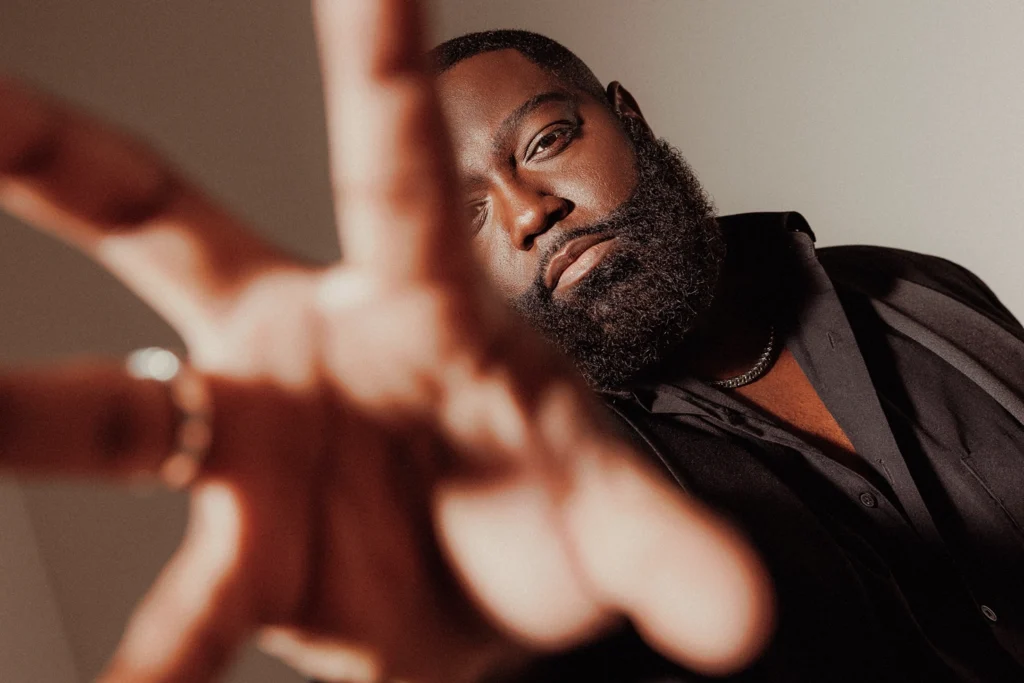Arturo Lyons and Omari Wiles Walk Us Through Choreographing The Jellicle Ball, a Cats Set in the World of Ballroom Culture
The gist of the new musical The Jellicle Ball makes so much sense it seems inevitable in retrospect: a reimagining of Andrew Lloyd Webber’s enduring Broadway hit Cats, in the world of vogue dance and ballroom culture, à la Paris Is Burning and “Pose.” An expansive, multidisciplinary creative team includes co-choreographers Arturo Lyons (Icon of the House of Miyake-Mugler, Season 2 winner of televised vogue dance competition “Legendary”) and Omari Wiles (of Ephrat Asherie Dance and Les Ballets Afrik, Founding Father of the House of NiNa Oricci). The two go back more than a decade.
Zhailon Levingston and Bill Rauch co-direct Jellicle’s premiere run, which begins June 13 at the new Perelman Performing Arts Center (PAC NYC) in lower Manhattan.
What were your first impressions of each other?
Arturo Lyons: Of Omari? I just remember he had so much energy on that runway, jumping around, going crazy. [Laughs]
Omari Wiles: When I was first introduced to Arturo, he was in the House of Manolo Blahnik and I instantly gravitated toward his style, his technique.
AL: It’s easy for us to create together because we have such respect for each other.
When did each of you first encounter Cats?
AL: I grew up on Cats and had friends who’d seen it. I’ve always had this vision embedded in my head of cats on garbage cans, their eyes glowing green, so magical and mystical.
OW: My elementary school took us to see Cats on Broadway as a field trip. I’d grown up with African dance, but that was my first time seeing contemporary dance and ballet in a theater. I remember the storytelling about how the cats were trying to ascend to the Heaviside Layer or, to borrow the words we use in ballroom, to become legendary.

How are you drawing upon your experience as teachers?
OW: The cast is a mixture of people who are new to vogue but have a musical theater background, and people who participate in ballroom. Arturo and I both teach vogue for all levels, from beginner to intermediate to advanced, and, as choreographers, we want to make sure that everyone looks good—that the ideas in our head look good on these bodies.
AL: Our teacher hats are definitely on, to get everyone in the cast on the same level so, as choreographers, we don’t have to hold ourselves back.
OW: Also, basically everyone in the ensemble for the original Cats was a trained dancer, but, in this version, not every category is a dance category. So it’s about training these actors and dancers how to feel being a model, how to feel walking Best Dressed, how to feel walking Face, how to feel the fashion.
How has being involved in “Legendary” informed this process so far?
AL: “Legendary” gave us publicity and put us in front of more eyes than we usually have on us, but I’ve been creating these types of performances long before that show ever came around.

OW: Whether it’s “Legendary”or these other shows that Arturo and I have put on together, it’s definitely different from a real-life ball, where anything goes and anything can happen. For a show, things have to be tight. The energy from the audience changes every evening, but the show stays the same. We’re structuring this musical to be as authentic, but also as presentational, as possible, with help from the directors.
How does the music relate to the original score? Should we expect remixes, new arrangements, or new songs, or all of those things?
AL: I think you should wait and see and find out. [Laughs]
Capital Kaos is credited as “ballroom consultant.” What do they bring to this Ball?
OW: Capital Kaos is one of my house members and a ballroom DJ, who’s known for a lot of beats and mixes, who’s adding some of those nuances to the original score. So that’s a little hint in response to your previous question.
Vogue, like any other dance form, is always evolving and reflecting its time. Does either of you feel the movement in this show could become a record of where vogue was in 2024?
AL: I think it’ll be a snapshot like that, but also an homage to what it was.
OW: Right. Vogue’s evolved from the old way—you know, pops, dips, and spins—to now, vogue femme, which is more fluid, with more articulation in the way we use our hips in the catwalks, in the way that we arch our backs.
Sounds feline. Anything else you’d like to share about the Ball?
AL: It’ll be immersive because of the way the venue is designed, and things may happen unexpectedly.
OW: We’re bringing the magic, the glitz, the glamour, the fashion, and the creativity that comes from ballroom to the musical theater stage, and we’re adapting the original story to fit ballroom, to show people: These descriptions of cats? They’re real lives, coming from the queer community. That even in fiction, there’s truth.




